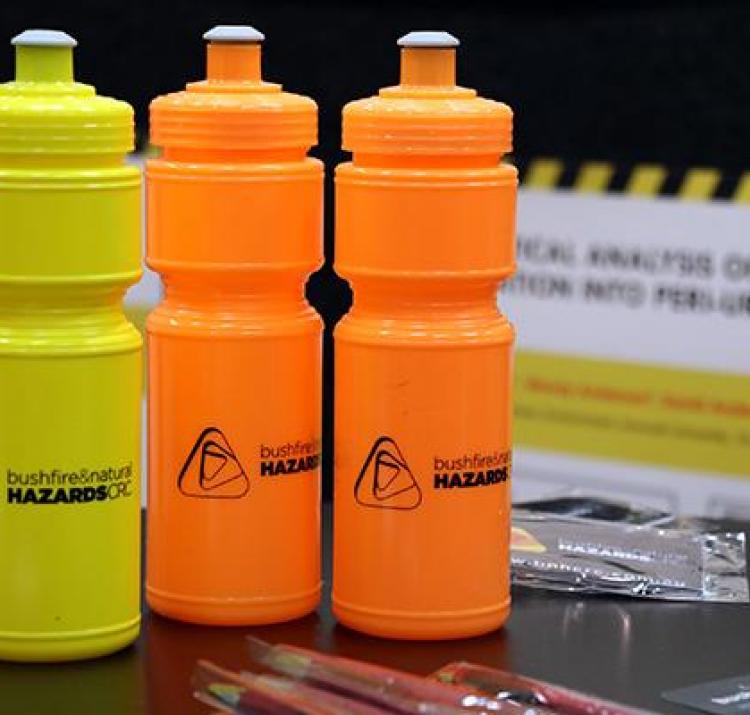Student researcher
Wind is the dominant environmental factor affecting wildland fire intensity and spread. Previously, fire analysts and managers have relied on local measurements and site-specific forecasts to determine how winds influence fire. The advancements in computer hardware, increased availability of electronic topographical and experimental data, and advances in numerical methods for computing winds, have led to the development of new tools capable of simulating wind flow. Several numerical models have been developed for fire prediction and forecasting. Modelling wind in physics-based models like Fire Dynamics Simulator (FDS) has been shown to produce promising results, but at an inordinate cost. Because of the high computational expense, physics-based models are not suitable for operational use. Little research has been conducted to improve the computational speed of these models. The current study intends to decrease the computational cost of physics-based fire simulations and improve physics-based models by including more complicated driving winds.
| Year | Type | Citation |
|---|---|---|
| 2019 | Thesis | . Development of an interface using penalisation method for improving computational performance of bushfire simulation tools. Institute for Sustainable Industries and Liveable Cities Master of Engineering, 350 (2019). |



